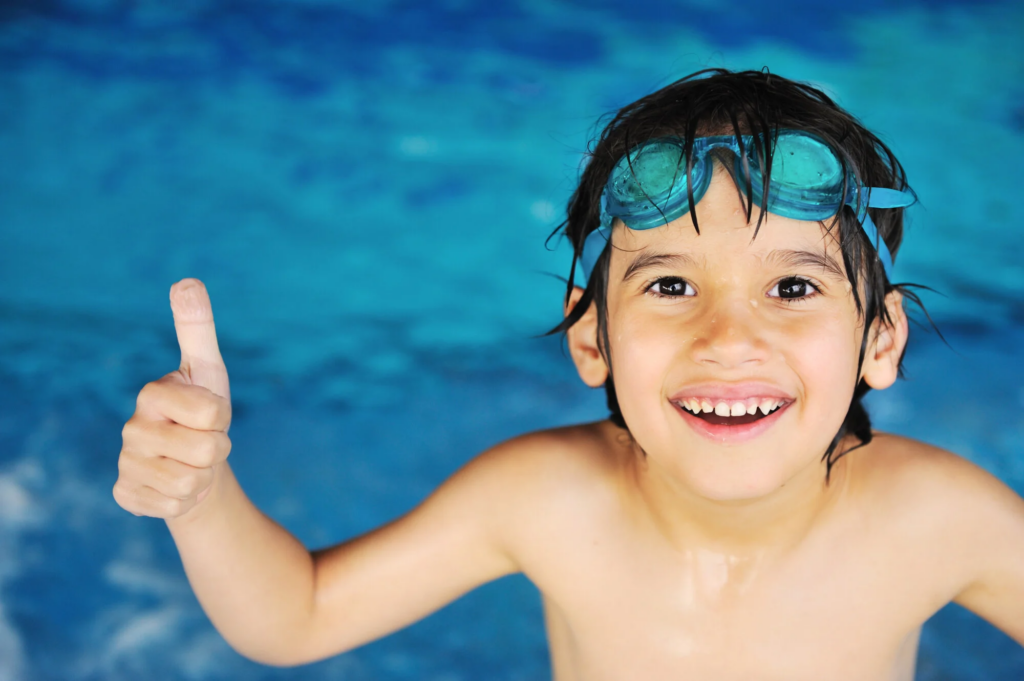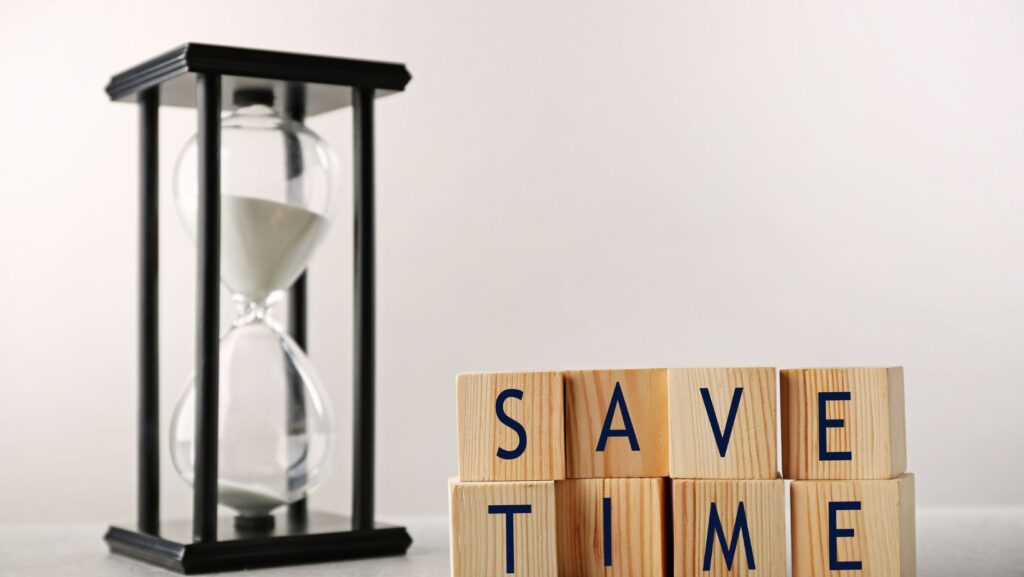Swimming is a vital life skill, and many parents wonder about the best time to introduce their children to the water. Knowing when and how to start can provide children with lifelong water confidence and safety skills. This guide covers the right time to begin swimming lessons, with insight into what types of classes are available and tips for making the experience enjoyable and beneficial for both you and your child. Keep on reading to learn more!
Understanding the Benefits of Early Swimming Exposure
Introducing children to water at an early age has numerous benefits. Early swimming exposure helps children build water confidence, reduces the fear of water, and promotes safety awareness. In addition to physical development, swimming lessons for young children can enhance cognitive and motor skills, boost coordination, and support social interaction in a fun, playful environment.
Studies have shown that infants and toddlers who participate in swimming classes develop better balance, strength, and spatial awareness. It’s never too early to introduce children to water in a safe, controlled environment, as these initial experiences form a foundation for future learning.
When Can Newborns Start Swimming Lessons?
While traditional swimming lessons aren’t typically recommended for newborns, many facilities offer parent-and-baby water classes for infants as young as six months old. These introductory sessions focus on water acclimation and safe, enjoyable experiences rather than strict swimming instruction. The American Academy of Pediatrics (AAP) suggests waiting until a child is six months old to start formal swim lessons.
Classes for infants focus on gentle activities, like floating, kicking, and playing with toys, with the parent actively participating. These sessions help babies feel comfortable in water, which is especially beneficial as they grow. If you’re interested in swimming lessons newborns can enroll, look for programs designed specifically for infants and caregivers. That way, you can be sure the environment is warm, safe, and tailored to babies’ needs.
Choosing the Right Type of Class for Young Swimmers
When it comes to introducing children to swimming, different classes cater to varying age groups and skill levels. Here’s a quick overview of what to expect based on age:

- 6–18 months: Parent-and-infant classes introduce babies to the water with gentle, guided exercises. Parents support their children throughout the session, helping them get used to floating and splashing.
- 18 months–3 years: Parent-and-toddler classes provide basic water skills, including floating, kicking, and coordinated arm movements. This age group often benefits from structured water play to build confidence.
- 3 years and older: Preschool classes often begin teaching basic swimming techniques, like kicking, paddling, and breath control, in a supportive and safe setting. Instructors lead small groups with no parental assistance in the water, allowing kids to learn independently.
For younger children, choose facilities with certified instructors trained in infant and toddler water safety. These experts understand the developmental stages of young children and create lesson plans that ensure each child is comfortable, safe, and engaged.
Safety Considerations for Infant and Toddler Swimming Lessons
When beginning swimming lessons for infants or toddlers, safety is the top priority. Choose a reputable swim school that maintains a clean, temperature-controlled environment and has certified lifeguards on duty. The ideal water temperature for young children is around 32–34°C (89–93°F), as infants have a harder time regulating body temperature than older kids and adults.
Additionally, look for classes with low instructor-to-student ratios, ensuring each child receives personal attention. Remember that swimming lessons are not a substitute for adult supervision. Parents should always stay vigilant around water and continue practicing water safety skills at home, even if their child has taken lessons.
Building Comfort and Trust in the Water
For children to learn and enjoy swimming, it’s essential they feel comfortable and secure. Early swimming lessons prioritize play-based learning, which helps children build trust and familiarity with water. Use gentle, positive reinforcement to create a supportive environment, as this reduces fear and helps children enjoy the process.
Parents can practice water-related activities at home, such as bath time games that involve splashing, pouring water over the head, and blowing bubbles. Familiarity with these activities will make the transition to a pool environment smoother. Most importantly, stay calm and positive to help your child associate water with fun and safety.
Preparing for the First Swimming Lesson
Preparing for the first swimming lesson can help both you and your child have a positive experience. Arrive early to allow your child to get accustomed to the environment, and bring any necessary items, such as swim diapers for younger children, a towel, and a comfortable swimsuit. Some facilities may require swim caps for hygiene, so it’s best to confirm with the school beforehand.

Parents should also be dressed to join in the water if the lesson involves parental participation, as many infant and toddler classes do. By being prepared, you can reduce any first-day jitters and help your child feel at ease.
Practicing Patience and Encouragement
Learning to swim takes time, especially for young children who may be experiencing the pool environment for the first time. While some children take to the water quickly, others may need extra time to adjust. Practicing patience and offering encouragement will go a long way in building your child’s confidence.
If your child shows reluctance, let them go at their own pace. Gentle exposure over time, along with positive reinforcement, will help them develop a love for swimming. Celebrate small milestones, such as floating or blowing bubbles, and remember that each child learns at their own pace.
Continuing Swimming Education as They Grow
As your child becomes more comfortable in the water, you can continue their swimming education through progressive classes. Toddlers and preschoolers can benefit from more structured classes that introduce basic swimming strokes, breath control, and safe pool exits. Regular practice helps reinforce skills and builds confidence, making them safer around water as they grow.
Many facilities offer year-round classes that allow children to build on their skills, ensuring they progress from basic water familiarity to advanced swimming techniques. Continued lessons lay a strong foundation for water safety, so your child is well-prepared for future aquatic activities and sports.
Starting swimming lessons at the right time is a personal decision, but early exposure can offer valuable benefits for both safety and enjoyment. From introductory parent-and-infant classes to progressive preschool swim programs, choosing the right lessons will help your child develop confidence and comfort in the water. For parents interested in swimming lessons for newborns, selecting a program designed specifically for infants ensures a safe, nurturing environment for your child’s first experience in the water. With the right preparation, patience, and encouragement, you can set your child up for a lifetime of water safety and enjoyment.



